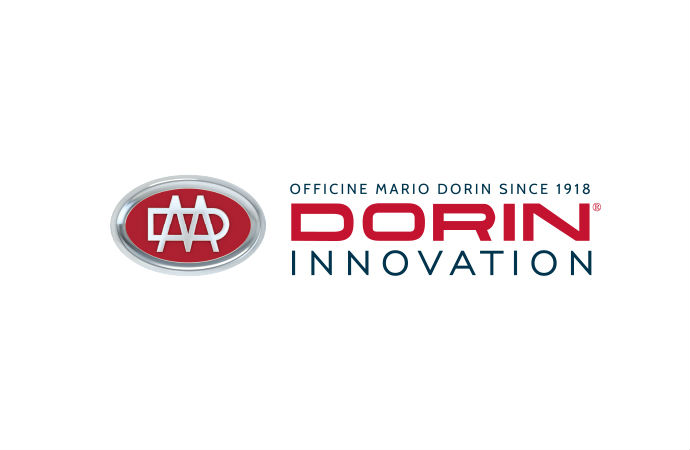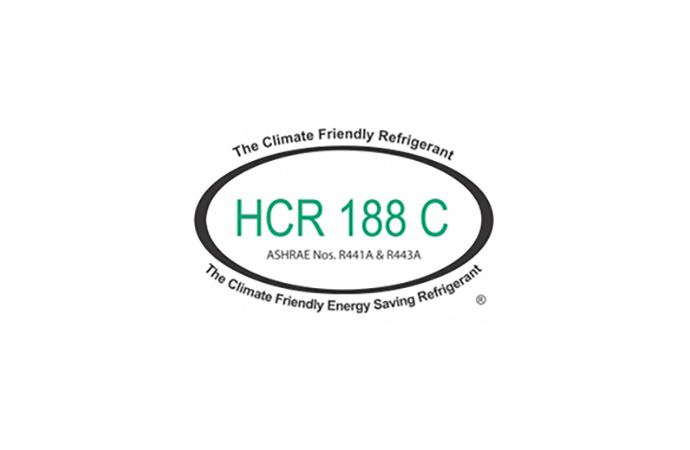In North America HVAC&R manufacturers are set to choose hydrocarbon (HC) refrigerants as alternative replacements for some HFC and HCFC refrigerant applications. As a result safety concerns abound. Addressing some of these concerns, a UL white paper was issued earlier this year, whilst Heating, Refrigeration and Air Conditioning Institute HRAI has hit out at the potential hazards of HC refrigerant DIY kits.

To ensure the continued safety track record of HVAC equipment earlier this year the Underwriters Laboratories (UL) presented the current status of the many standards and codes relevant to hydrocarbons. Whilst this overview will help stakeholders prepare for the widespread use of flammable refrigerants in consumer and commercial appliances, and in the future, air conditioning, US green groups and the Heating, Refrigeration and Air Conditioning Institute (HRAI) of Canada have raised concerns regarding companies selling hydrocarbon refrigerants to the general public as a replacement refrigerant for residential or commercial air conditioning systems.
Safety a key concern for “Revisiting Flammable Refrigerants”
The US SNAP hydrocarbons rule, which came into force on the 21 February 2012, allows the use of propane (R-290) for food retail refrigeration in new stand alone units only, and isobutane (R-600a) and R-441A ("HCR-188C") for new household refrigerators, freezers and refrigerators/freezers.
To ensure the more widespread use of HCs that result from this new ruling does not result in a decline in safety, the UL white paper “Revisiting Flammable Refrigerants” presents an overview of all requirements in supplement for flammable refrigerants, namely:
- ANSI/ASHRAE Standard 34, Designation and Safety Classification of Refrigerants
- ANSI/UL 2182, Standard for Safety for Refrigerants
- ANSI/NFPA 58, Liquefied Petroleum Gas Code
- ANSI/ASHRAE Standard 15, Safety Standard for Refrigeration Systems
- ANSI/UL 207, Standard for Safety for Refrigerant-Containing Components and Accessories, Nonelectrical
- ANSI/UL 250, Standard for Safety for Household Refrigerators and Freezers
- ANSI/UL 471, Standard for Safety for Commercial Refrigerators and Freezers
- ANSI/UL 1995, Standard for Safety for Heating and Cooling Equipment
- ANSI/UL 484, Standard for Safety for Heating and Cooling Equipment
- ANSI/UL 474, Standard for Safety for Heating and Cooling Equipment
- UL 984, Standard for Safety for Refrigerant Motor Compressors
- ANSI/UL 60335-2-34, Standard for Household and Similar Electrical Appliances, Part 2: Particular Requirements for Motor-Compressors
Concerns over DIY hydrocarbon refrigerant kits
Despite these rigorous standards however, concerns remain surrounding refrigerant ‘top-up’ cans. A coalition of green groups is bidding to get the US environment protection agency (EPA) to outlaw these cans by restricting sales of refrigerants to qualified technicians only, whilst the Canadian industry body, the Heating, Refrigeration and Air Conditioning Institute (HRAI) is warning of the fire risk to consumers, and environmental hazards from hydrocarbon refrigerant these top up cans.
"With the air conditioning season nearly here, Canadians need to know that flammable refrigerants used in home or business air conditioning systems can create the potential for a serious explosion and fire, which could result in injury or death," stated HRAI president Warren Heeley.
About UL
The UL is a premier global safety science company employing more than 6800 professionals in over 96 countries. UL is evolving the future of safety with five distinct business units – Product Safety, Environment, Life & Health, Verification and University–to meet the expanding needs of customers and the global public.
MORE INFORMATION
Related stories











_1490973133.png)
